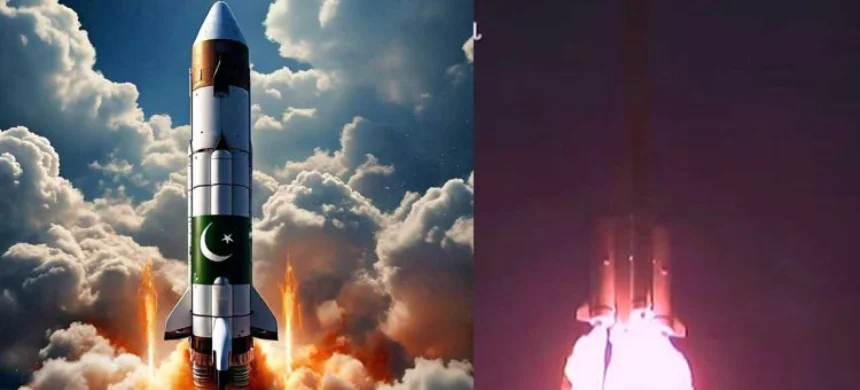Pakistan Successfully Launches Second Communication Satellite PAKSAT MM1
Pakistan has achieved a significant milestone in its space program with the successful launch of its second communication satellite, PAKSAT MM1, in collaboration with China. The satellite was launched from the Xichang Satellite Launch Center (XSLC) and is set to enhance connectivity across Pakistan, particularly in remote areas, as reported by the Space and Upper Atmosphere Research Commission (Suparco).
PAKSAT MM1 is expected to take approximately four days to reach its intended orbit and aims to establish an advanced communication network to meet the growing demands of the telecommunications sector. Equipped with advanced features—including communication services in C, Ku, and Ka bands, as well as SBAS services in L band—the satellite promises to significantly improve connectivity nationwide.
Suparco highlighted that PAKSAT MM1 will leverage cutting-edge communication technologies to drive socio-economic development across the country. Prime Minister Shehbaz Sharif congratulated the nation on this achievement, expressing optimism about the satellite’s potential to provide high-speed internet access throughout Pakistan. He remarked, “I am particularly thrilled about the transformative impact of PAKSAT MM1 on internet connectivity, which will improve citizens’ lives and bolster economic activities, e-commerce, and e-governance.”
Read More: Is China Dominating the Global Auto Industry?
This launch follows Pakistan’s historic lunar mission, ICUBE-Q, which was successfully launched on May 3, 2024. Developed jointly by the Institute of Space Technology (IST), Shanghai University, and Suparco, ICUBE-Q marked Pakistan’s first venture into lunar exploration, successfully capturing and transmitting images from lunar orbit.
PAKSAT MM1 is part of Pakistan’s National Space Program 2047 and represents a joint effort between Suparco and the Chinese aerospace industry. The launch emphasizes the technological cooperation between Pakistan and China, paving the way for Pakistan’s transition into a Digital Pakistan.
With this launch, Pakistan has now placed at least six assets into space, including previous satellites like BADR-A, BADR-B, PAKSAT 1-R, PRSS-1, PakTes 1-A, and iCube Qamar. The recent advancements in space technology underscore Pakistan’s commitment to enhancing its capabilities in communication and exploration.











